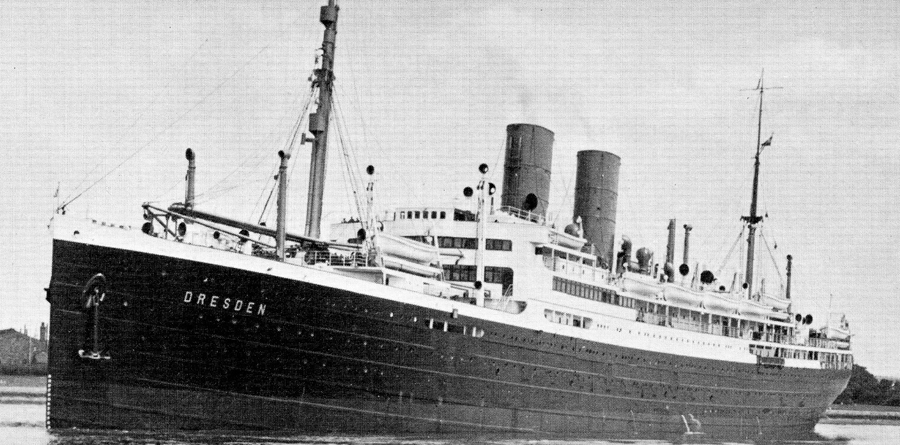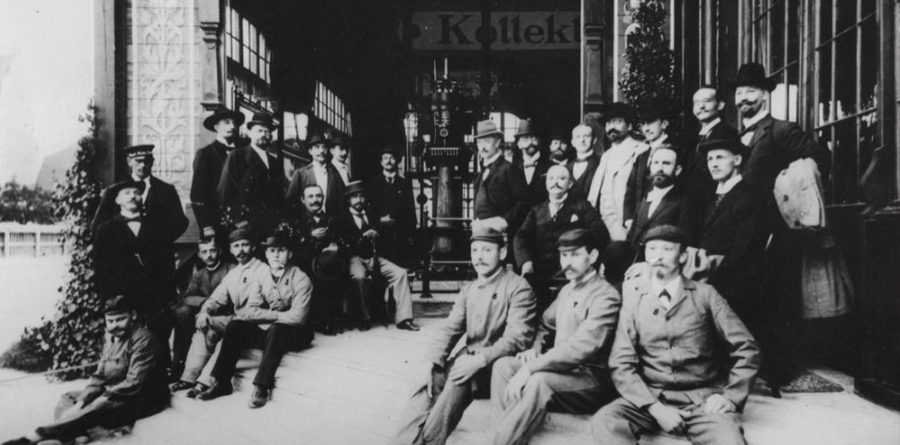RUDOLF DIESEL: THE MAN, THE ENGINE, THE MYSTERY
The year was 1892, when a brilliant Rudolf Diesel had an idea that would change not only the whole automotive field but also the industry world.
He patented the first thermal diesel motor at that time. Improving performance and safety of steam and petrol motors was his first aim. Diesel motors plus was they did not need any spark to make air and petrol mixture blow up, they just needed compressed air. Furthermore, they used less fuel, were efficient and lasted more. Nevertheless, gasoil needed less refining process than petrol did. Technological limitations and acknowledgement of that time impeded diesel to spread out as it was impossible to develop power supply system spare parts especially for injectors and pumps. At the very first beginning diesel applications were implemented at MAN in Augsburg (Germany) and used for marine field (the first of all was “Z” French submarine in 1904); later in the first 20’s pioneer Mercedes Benz chose diesel engines for tractors and ancient lorries.

Mr. Diesel’s biggest dream was to extend diesel engine to passengers’ car applications, he said: “The automobile engine will come and then I’ll consider my life’s work complete”. His dream came true only in 1936 during the Third Reich when the first diesel engine Mercedes 260 D appears on the market. Unfortunately, its inventor could not see it as he died under mysterious circumstances while crossing the English Channel in 1913.
While we know almost everything about diesel engine, little we know about its inventor. His full name was Rudolf Christian Karl Diesel and he was born on March 18th 1858 and grew up in France until 1870, when the Franc-Prussian war burst out and forced his family to move to London. After that he moved to Augsburg, in Bavaria where his uncles lived, in order to improve the German language. When he was fourteen, he wrote a letter to his parents explaining he did want to become an engineer (what an engineer!) even though he well knew they preferred him working after graduation. He had a strong personality (and maybe he was a little bit stubborn too) but thanks to his attitude he came out with one of the biggest inventions of all industry history. In 1880 he graduated at Royal Bavarian Polytechnic of Munich and moved to Paris where he worked with one former professor of his, Carl Von Linde, on planning and building refrigerant systems. Once he came back to Germany, he begun working on planning new diesel engines, leaving his mark on modern history and industrial development.

Thought we know almost everything about Diesel’s goals and life, less we know about his death: on Sept. 29th 1913 Mr. Diesel set sail on SS Dresden ferry, which shuttled between Antwerp and Harwick, in order to reach to sell his patent invention to Consolidated Diesel Manufacturing Company in London (the First World War was approaching). He told the ferry staff to be woken up at 6:15 a.m. but once they knocked on his cabin door, nobody was there and it seemed nobody even slept in it. In his journal they discovered the same date page was marked by a cross and his body was found floating in the North Sea, on Oct. 10th. Furthermore: his wife Martha opened his overnight bag two weeks after he left, as per Diesel’s instruction. In it she found 200,000 marks (1.2 million USD $) and several bank statements informing their bank accounts were empty. Intentional extreme action? Did he think he was in danger? Posterity will judge… or not. Here when Mr. Diesel’s myth begins.



